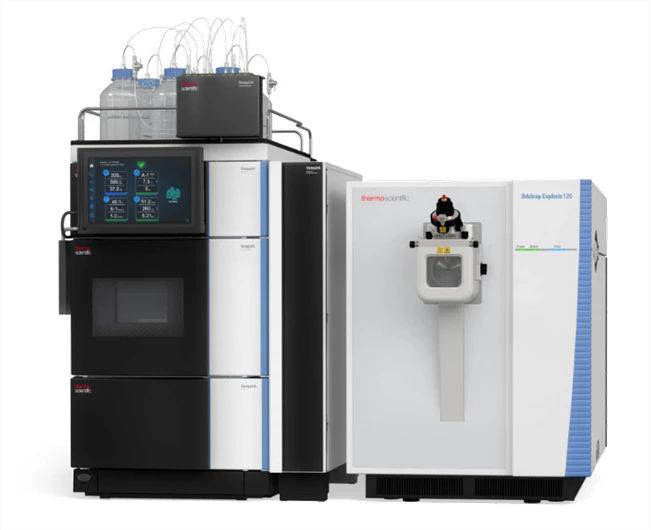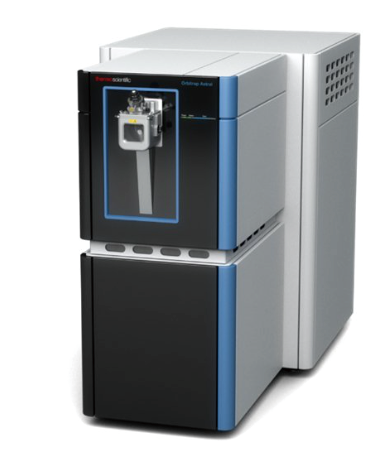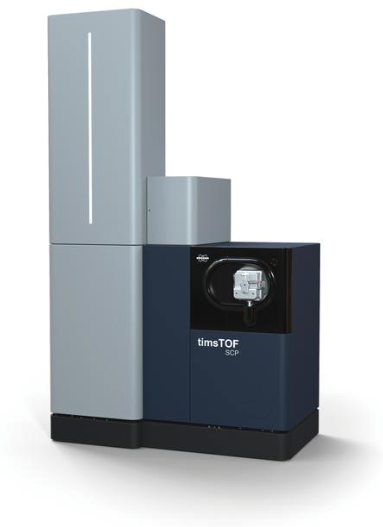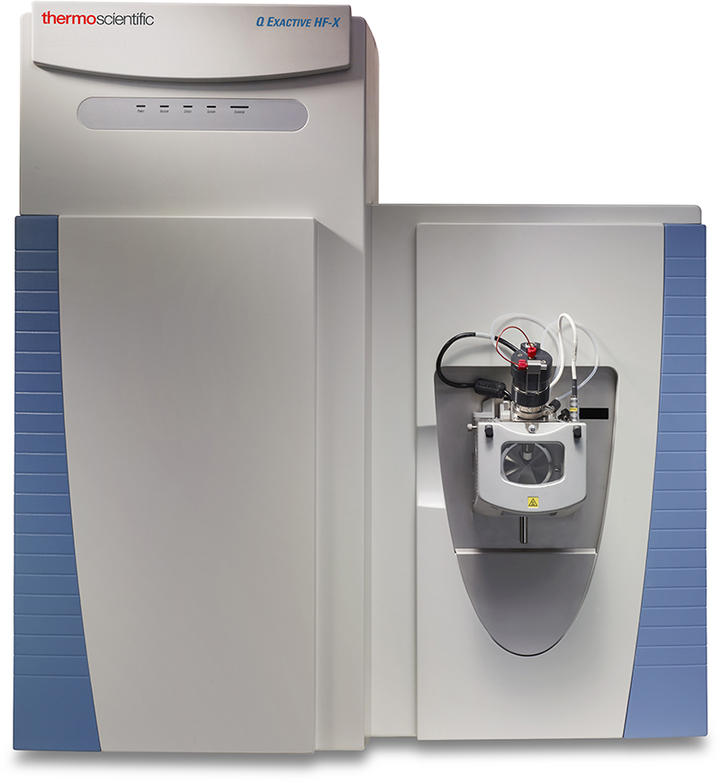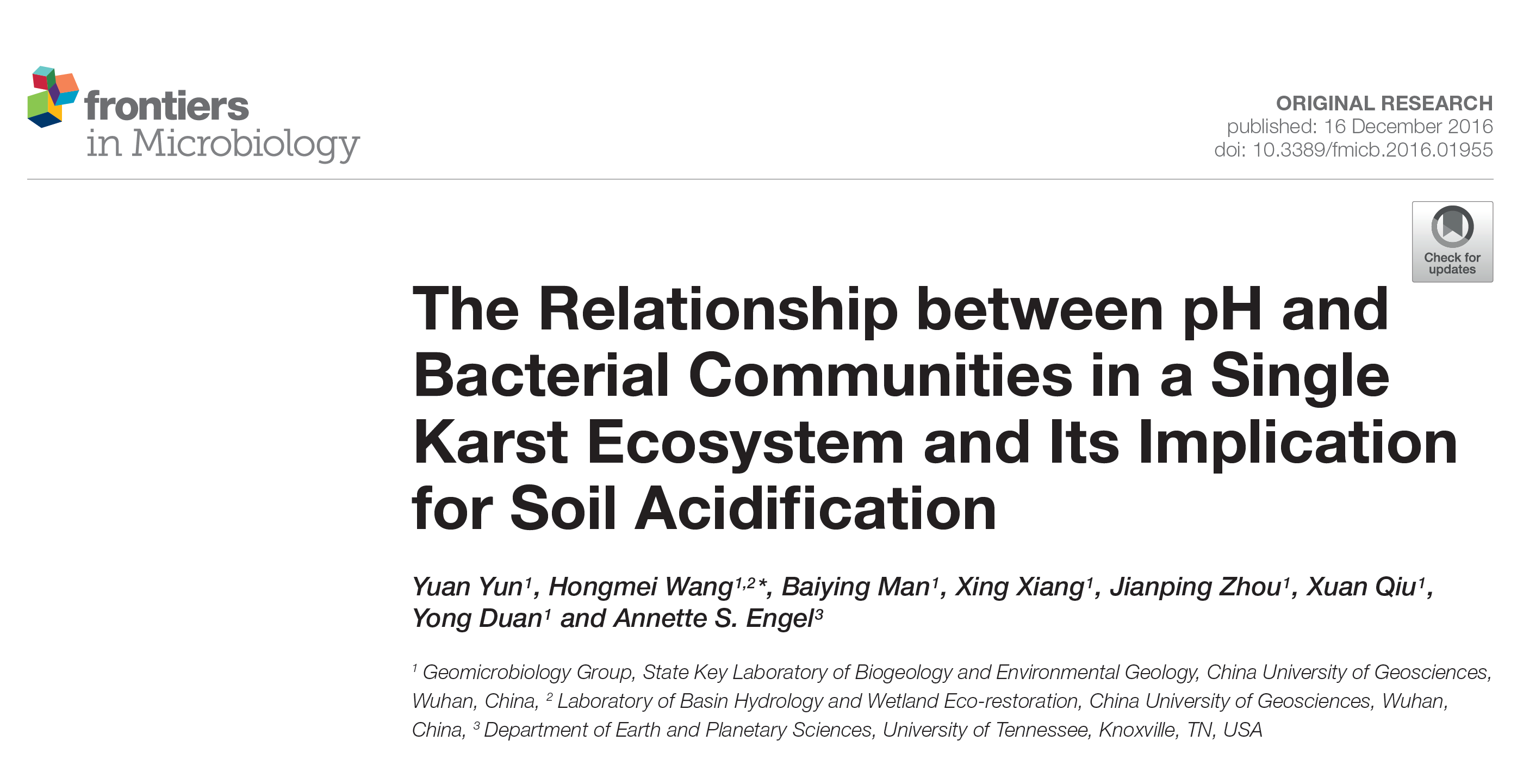
Abstract:
Enhanced monsoon duration and soil acidification from acid rain are expected to impact the distribution of microbial communities in surface and subsurface environments, although these impacts are poorly understood for most systems. In central China, soluble carbonate bedrock forms extensive karst landscapes. Current predictions are that the amount of monsoonal precipitation and acid rainfall in central China will increase, which is expected to lead to changes in the pH balance of karst ecosystems. To evaluate the role of pH, total organic carbon, and other geochemical parameters (e.g., Ca2+, Mg2+, NH4+, NOx, SO 2?) in shaping bacterial communities within a single karst system in central China, samples were collected from the thin surface soils overlying Heshang Cave, cave sediments, and weathered cave passage rocks from the entrance, twilight, and dark zones, as well as from epikarstic drip waters inside the cave. Illumina sequencing of 16S rRNA genes and multivariate statistical analyses revealed that each tested community was distinct and the community variability was significantly correlated with pH, total organic carbon, and potassium concentrations. Specifically, surface soils were dominated by Acidobacteria, Verrucomicrobia and Planctomycetes, and diversity significantly decreased with acidic pH values. Nitrospirae, Gemmatimonadetes, Firmicutes, and Chloroflexi were unique to cave sediments, while Actinobacteria and Proteobacteria dominated weathered rocks and drip waters, respectively. The results reveal important implications regarding the effects of acidification on bacterial communities in karst areas, and on the control of pH in shaping bacterial communities throughout a karst system. Increased water flux into and through karst habitats due to monsoonal precipitation may result in deeper penetration of acidic solutions into karst and shift the bacterial communities inside the cave in the future.















